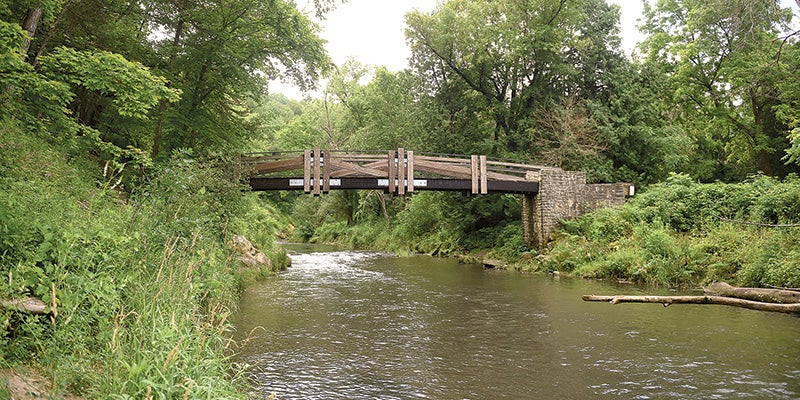Minnesota must not back down on infrastructure
Published 7:52 am Monday, January 15, 2018
Rep. Alice Hausman
The Minnesota House Capital Investment committee traveled the state this autumn viewing proposed infrastructure projects that the state may invest in by issuing bonds. Our visits confirmed that the needs are great and the money available cannot possibly fund all the worthy requests. We can, however, continue the work started in the 2017 “catch-up” bonding bill that helped reduce backlogs of deferred maintenance and wisely invested in critical infrastructure across the state. The 2018 legislative session provides an opportunity to continue to move the infrastructure ball forward.
Among the many statewide needs, a Minnesota Department of Health report shows that the state’s 20-year drinking water infrastructure need is almost $7.4 billion to replace old pipes and treatment facilities. Communities across the state have identified over 1,350 wastewater infrastructure needs costing over $4.2 billion with 40 percent for sewer systems rehabilitation.
A look at the 2018 preliminary state agency and local government capital budget requests submitted to the Minnesota Management and Budget Office proves the needs exist. Requests totaled $3.3 billion with $2.5 billion from state agencies and $827 million from local governments. Projects include asset preservation and classroom renewal at public higher education institutions, preserving correctional facilities and veterans homes, and providing for flood hazard mitigation grants and safe crossings at dangerous railroad and highway intersections to name a very few.
Now is not the time to back down from these important infrastructure investments. For some historical perspective, in 1998, a $1 billion bonding bill was signed into law. According to the Consumer Price Index inflation calculator, a $1 billion bill in 1998 equates to a $1.502 billion total in 2017 dollars. Yet, 20 years later, we are still limiting ourselves to $1 billion. When the legislature failed to get a bill to the Governor in 2004 (similar to 2016) – bonding bills totaling almost $1 billion were enacted in 2005 and 2006. There is historic precedent for a robust bonding investment in 2018.
Another good reason to invest in our infrastructure is that interest rates remain low. As proven during the September 2017 bond sale, the interest rate for General Obligation bonds was a competitive 2.74 percent. Additionally, Minnesota is a relatively low debt state with guidelines that compare a percent of personal income to debt sold, as well as to the total amount authorized. According to MMB’s analysis of the debt capacity guidelines from the November 2017 Budget Forecast, the maximum size of a 2018 bonding bill is $3.5 billion. Running up against this limit is not recommended or suggested, but a bill one-third that size would allow the state to continue chipping away at the deferred maintenance backlog. It would also bring our state back in sync with the traditional bonding cycle.
Lawmakers have the responsibility to preserve and improve our critical infrastructure and invest in communities across the state, while stretching the taxpayer dollars farthest. We must seize this opportunity while economic conditions are favorable. Minnesotans are counting on us.
Alice Hausman, DFL-St. Paul, is the state representative for District 66A and the DFL Lead of the House Capital Investment Committee. She served as the House Capital Investment Committee chair in 2007-10 and 2013-14.



